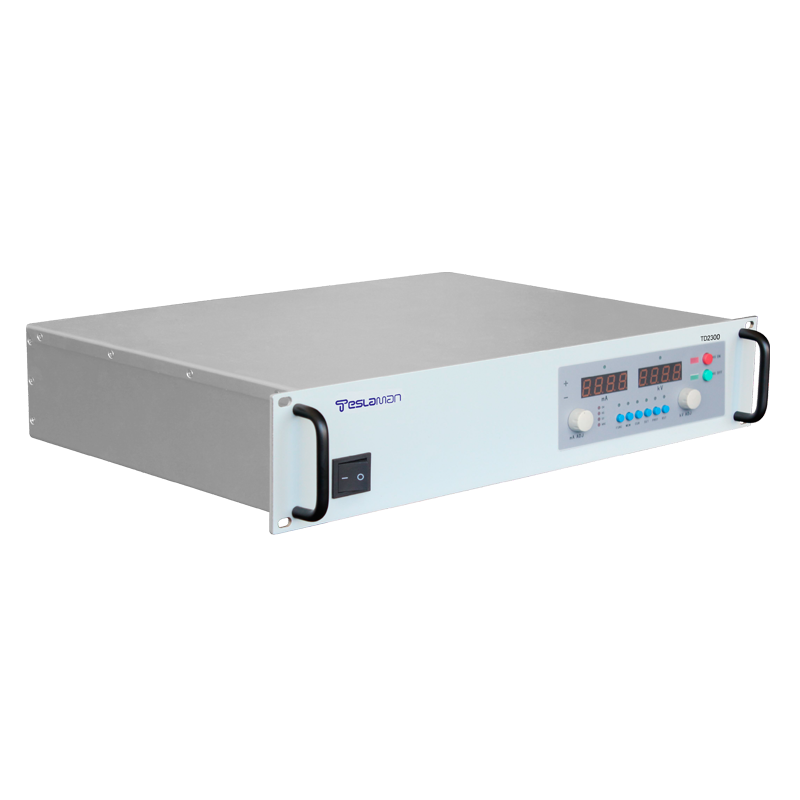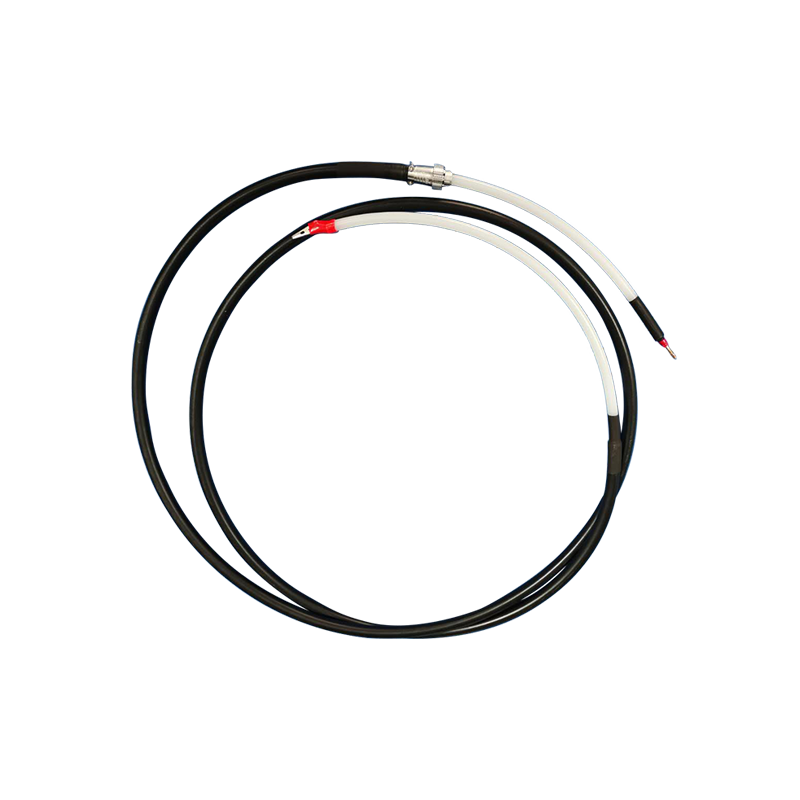Enhancement of Lightning Surge Resistance in High-Voltage Power Supplies for Power Feeding Equipment (PFE)
In long-distance power feeding systems, high-voltage power supplies (PFE units) are directly exposed to the threat of lightning-induced surges, which can cause severe transient overvoltages. These transients may propagate through transmission lines and coupling networks, potentially damaging sensitive components or disrupting service continuity. Strengthening the surge withstand capability of PFE high-voltage supplies is therefore a critical task in ensuring long-term operational stability.
The first layer of protection lies in surge suppression topology design. A dual-stage surge suppression approach has proven effective. The primary protection stage employs gas discharge tubes or metal oxide varistors to divert large surge energies to ground, while the secondary protection stage uses transient voltage suppressor (TVS) diodes to clamp residual voltages within safe limits. Shielded transformers with grounded inter-winding layers can further reduce electromagnetic coupling between primary and secondary circuits, minimizing the transfer of high-frequency surge energy.
In terms of electromagnetic compatibility (EMC), layout optimization is vital. Shortening high-voltage traces, minimizing loop areas, and isolating ground return paths significantly reduce parasitic inductance and potential differences during transients. Layered grounding — separating protective and signal grounds while maintaining low-impedance connections — can prevent destructive ground potential shifts. Input-stage common-mode chokes and high-frequency ferrite filters are also effective in suppressing common-mode currents induced by lightning.
Material selection and insulation design further contribute to surge endurance. High-voltage modules should employ encapsulation materials with low moisture absorption and high dielectric strength. Outdoor-deployed PFEs must meet clearance and creepage requirements under international insulation standards. Applying silicone-based conformal coatings or epoxy potting can enhance insulation stability under humid or polluted conditions.
Finally, comprehensive testing is indispensable. Standardized 10/700 μs surge waveforms simulate realistic lightning transients, while accelerated aging and temperature-humidity cycling verify long-term reliability. Studies show that when the response time of TVS diodes is below 5 ns and the gas discharge threshold is set within 1.5 times the nominal voltage, overall surge tolerance can be improved by over 50%.
Ultimately, reinforcing lightning surge resistance in PFE high-voltage power supplies requires an integrated engineering approach — combining electrical topology, EMC optimization, insulation reliability, and empirical validation to ensure secure and uninterrupted power transmission even under extreme environmental stress.




















